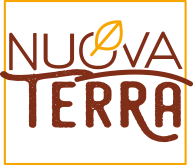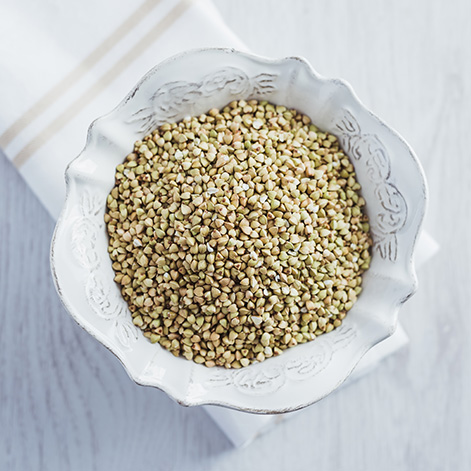Buckwheat (Fagopyrum esculentum) is a flowering plant belonging to the Polygonaceae family. The scientific name, Fagopyrum, comes from the combination of the Latin fagus (as with beech trees, it shares the highly characteristic triangular seeds) and the Greek piros (as with wheat seeds, buckwheat seeds may be ground into flour). Because of its nutritional characteristics and its use as a foodstuff, this plant is often commercially placed among the grains, despite the classification being scientifically improper, as buckwheat does not belong to the Gramineae family.
Origin
Buckwheat grows wild in the areas of Siberia and Manchuria. Its cultivation spread to China in the 10th century, and to the West in the Middle Ages. There are several ideas about the way in which it was propagated, but among these, two are more reliable. According to the first branch of research, the Turks would have introduced the plant to Greece and to the Balkan Peninsula, and from this, the Italian term “grano saraceno“ is derived, i.e., the wheat of the Turks, or the Saracens. The second theory holds that the spread through Asia and Northern Europe was due to the migration of Mongolian peoples, from southern Russia they brought the grain to Poland and Germany, where it would then spread to the rest of Europe. It is likely that both theses are correct, and that the diffusion occurred simultaneously both from the north and from the south.
WHY IT SHOULD BE EATEN
Its somewhat limited, and monitored, cultivation makes buckwheat one of the healthiest and most natural foods. Precious ally of the heart, buckwheat facilitates the preservation of the elasticity of blood vessel tissues. Moreover, despite its low caloric supply, it is able to give a lot of energy, making it an ideal food for athletes, and women who are pregnant or lactating. Buckwheat, in particular, is rich in fiber, iron, and minerals, such as manganese and magnesium, and vitamins, but not just that. In fact, it also contains a good amount of essential amino acids, such as lysine and tryptophan, and is even compared to meat and soya for the amount of protein contained in its interior. Finally, it is worth remembering that in contrast to wheat flour, buckwheat is gluten-free and is, therefore, particularly suited to those with celiac disease.

Buckwheat is a good ingredient for the preparation of hearty soups, light soups, and cream soups, as well as cold salads.
In particular, with the addition of legumes and vegetables, it can become an excellent first course.
With its flour you can also make baked goods, pastas – such as the typical pizzoccheri Valtellina – and polenta taragna, a dish that originates from the valleys of the Bergamo province.
After buckwheat is lightly browned for a few minutes in a frying pan, it is then cooked in an amount of water equal to double the volume of the grain.
As an example, for 80 grams of buckwheat, you will need 160 milliliters of water, which should be lightly salted.
Before cooking, it is important to wash it in cold water several times, until the water is clear and free of any extraneous matter.
Then, it should be lightly browned for 2-3 minutes in a frying pan, transfer the buckwheat to a large pot and cover it with lightly salted boiling water.
Let it simmer for about 20 minutes, and then season to taste.

Buckwheat is quite popular in Japan, where they use it to make spaghetti and noodles, which are called “soba” – and may be found on many Asian restaurant menus, even in Italy.
But buckwheat is not just important for human beings.
In fact, the flowers of buckwheat are used by bees to produce a dark colored and very tasty honey.




 E-Shop
E-Shop

 Back
Back








